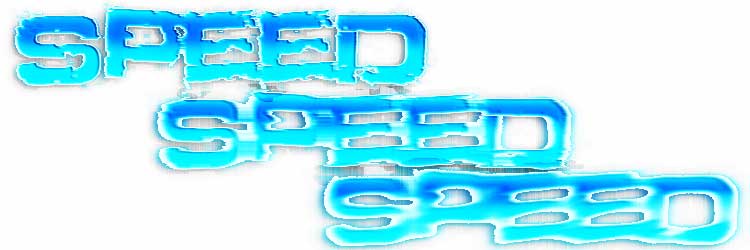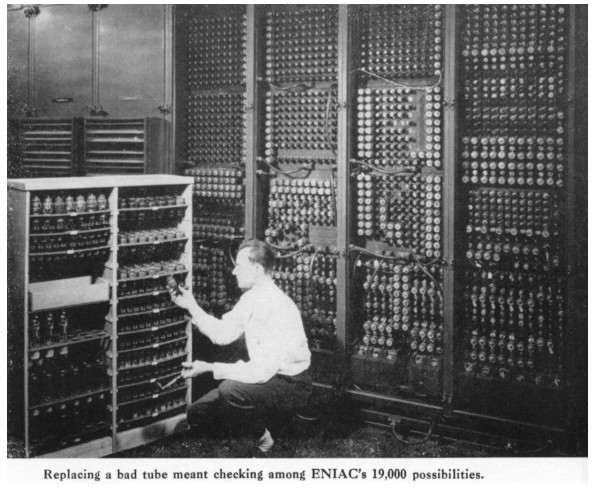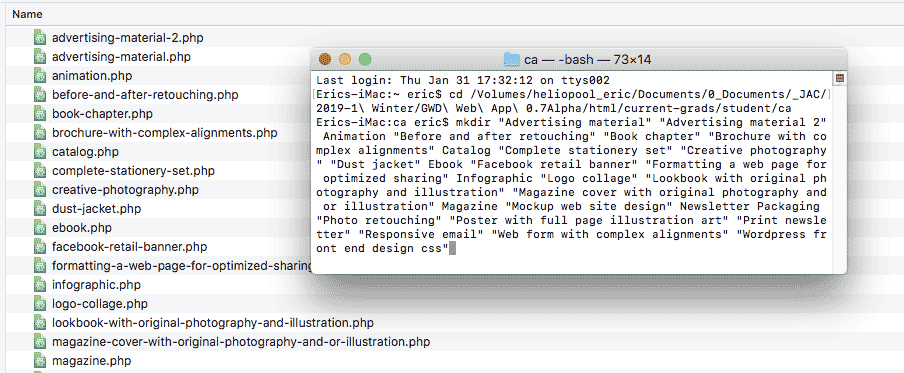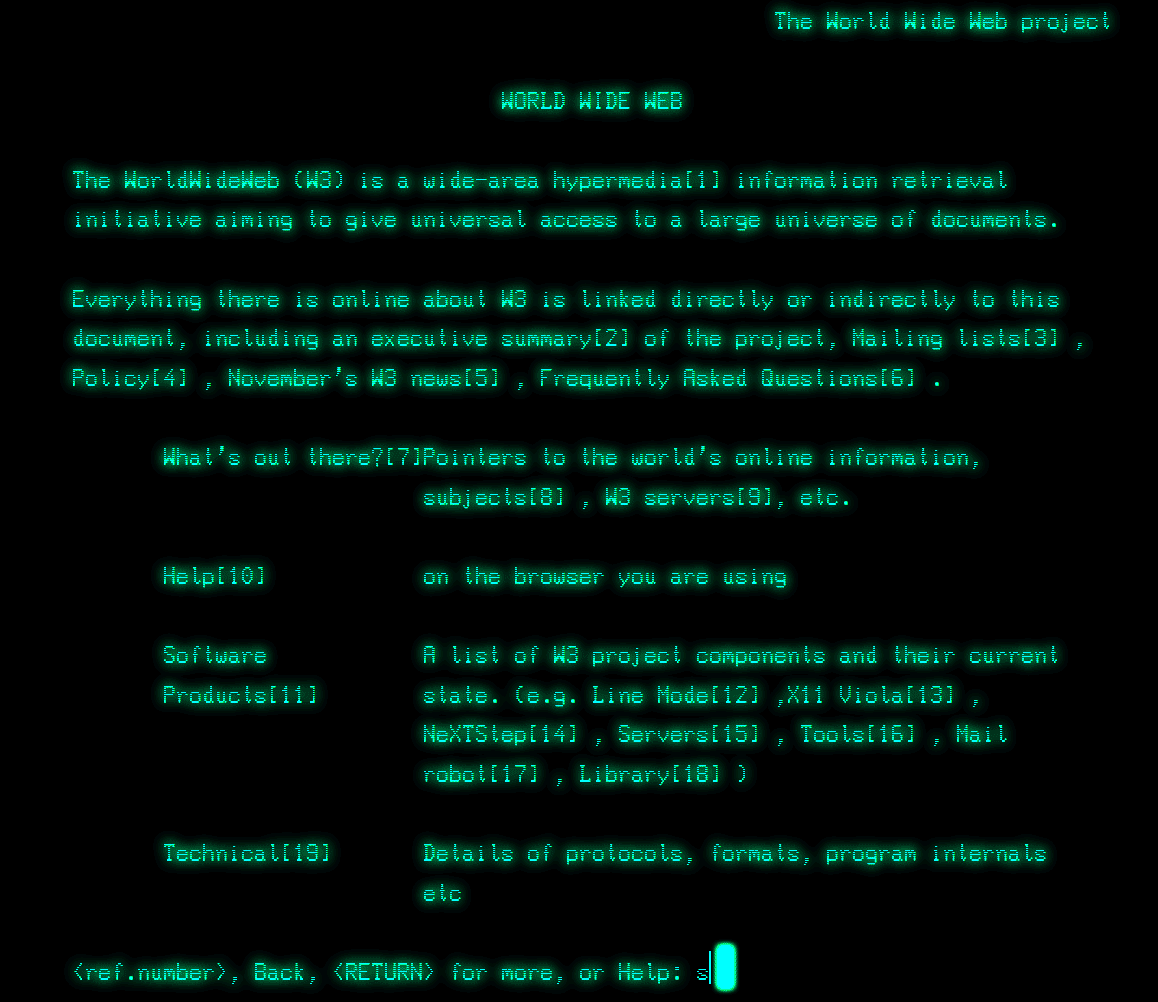James Verdesoto, the movie posters artist behind iconic posters such as Pulp Fiction, Ocean’s Eleven; Girl, Interrupted, and Training Day, explains how color schemes are used in Hollywood movie posters.
This is a great glimpse into the mindset of a graphic designer as he not only discusses the use color, but also other narrative and formal techniques such as the use of negative space in the composition, relative scales of the subject within the page, framing, and the use of logos.
A great crash course in graphic design in only ten minutes!




